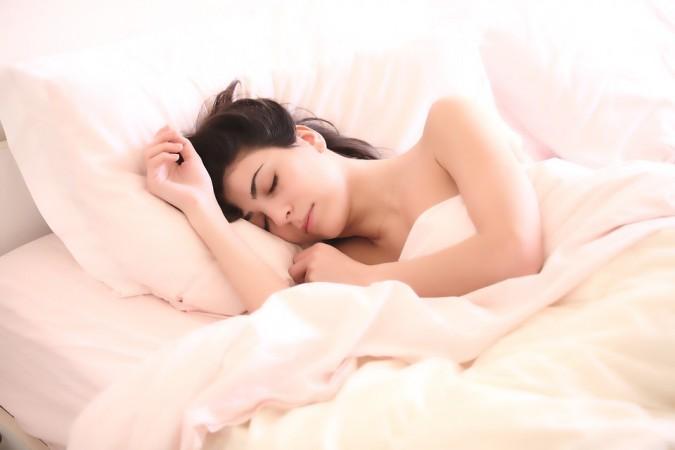
After a busy and tiring day, sleep seems to best thing on earth. A calm and peaceful night's sleep can take away all the tiredness but, this peaceful slumber is tainted for life for a couple whose 3-year-old daughter is suffering from a rare disease.
The incurable and rare disorder can kill the toddler every time she falls asleep. Every night, the child -- Paula Teixeira's mother Silvana tirelessly tries to protect her child from passing away as she nods off.
Paula, from Zamora, Spain suffers from a disorder known as Ondine Syndrome, which affects between 1,000 and 1,200 people worldwide. A person suffering from this disorder stops breathing the moment she falls asleep, putting him/her at risk of death.
According to Daily Mail, Silvana said: "Since Paula came home, we can't sleep as we used to before. One of your eyes is closed and the other is wide open thinking is everything okay. She will always need a person to watch her sleep. Always, all her life."
Paula is healthy enough to go to school or stay at home, but she requires a ventilator to feed her with oxygen every night while she sleeps.
Though the ventilator feeds her with oxygen via a tube in her neck when she sleeps, it does not give her mother much peace of mind.
Silvana said: "If everything is silent, I still come to see her because there's that fear. What if the machine fails?"
Just hours after she was born, she stopped breathing and was rushed to an emergency hospital 40 minutes away. Paula was on life support and it took two months of genetic testing to finally diagnose her with Ondine Syndrome.
Here is all you need to know about the rare disease
- Ondine Syndrome is also known as congenital central hypoventilation syndrome. It is a life-threatening disorder that the patient will suffer all his/her life.
- It's a rare condition, affecting between 1,000 and 1,200 people worldwide.
- The disorder impacts the nervous system, controlling everything from heart rate to blood pressure.
- The most common symptom of this life-threatening disorder is an inability to control breathing, resulting in some sufferers requiring a ventilator when asleep.
- It is caused by a genetic mutation.
- Treatment focuses mainly on ensuring proper ventilation.





!['Had denied Housefull franchise as they wanted me to wear a bikini': Tia Bajpai on turning down bold scripts [Exclusive]](https://data1.ibtimes.co.in/en/full/806605/had-denied-housefull-franchise-they-wanted-me-wear-bikini-tia-bajpai-turning-down-bold.png?w=220&h=138)



